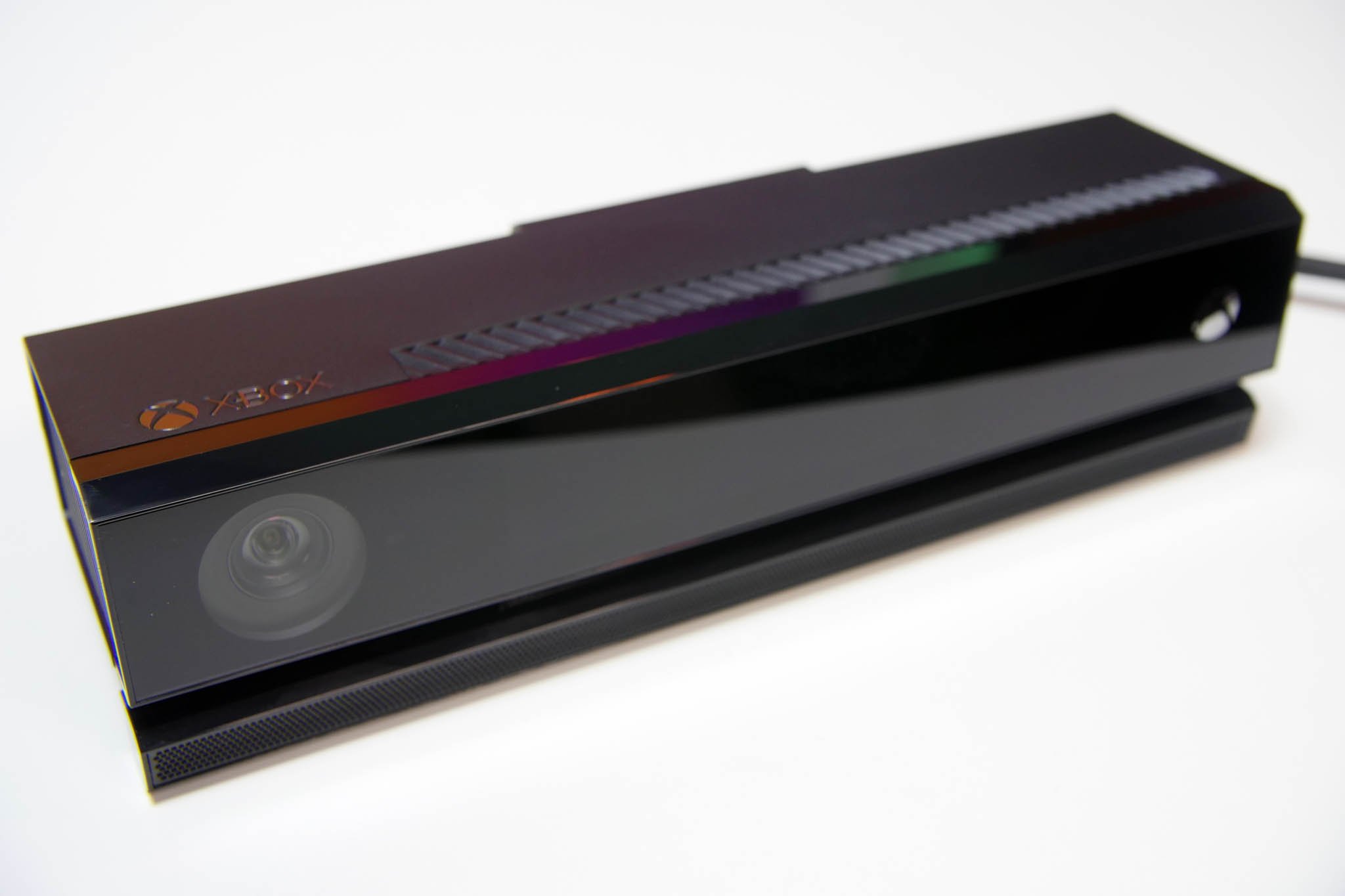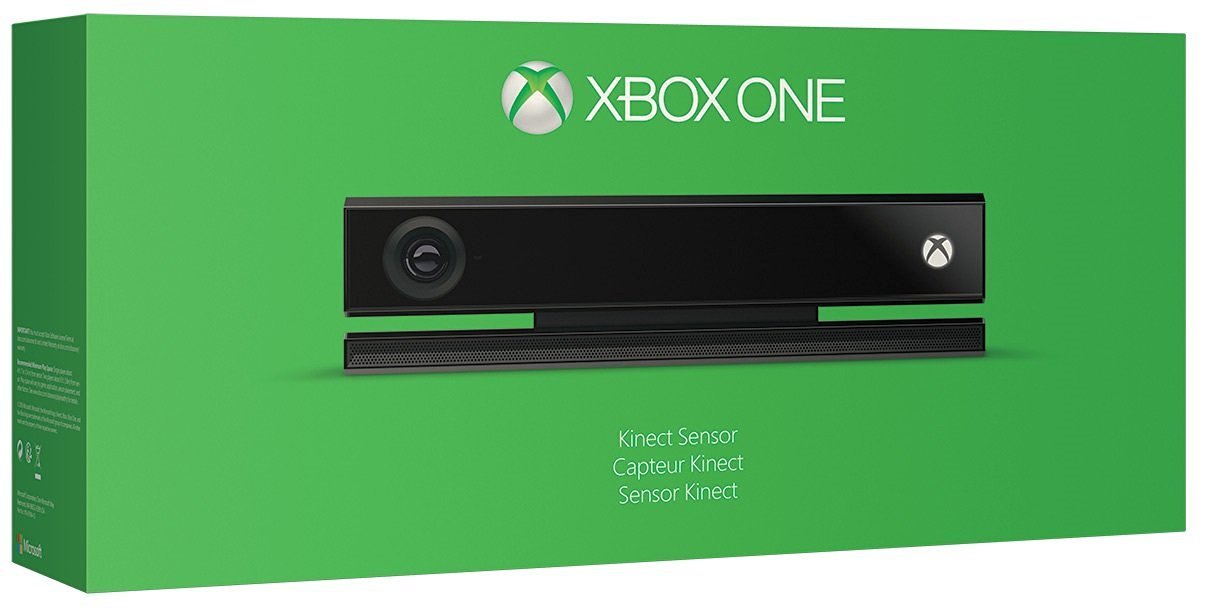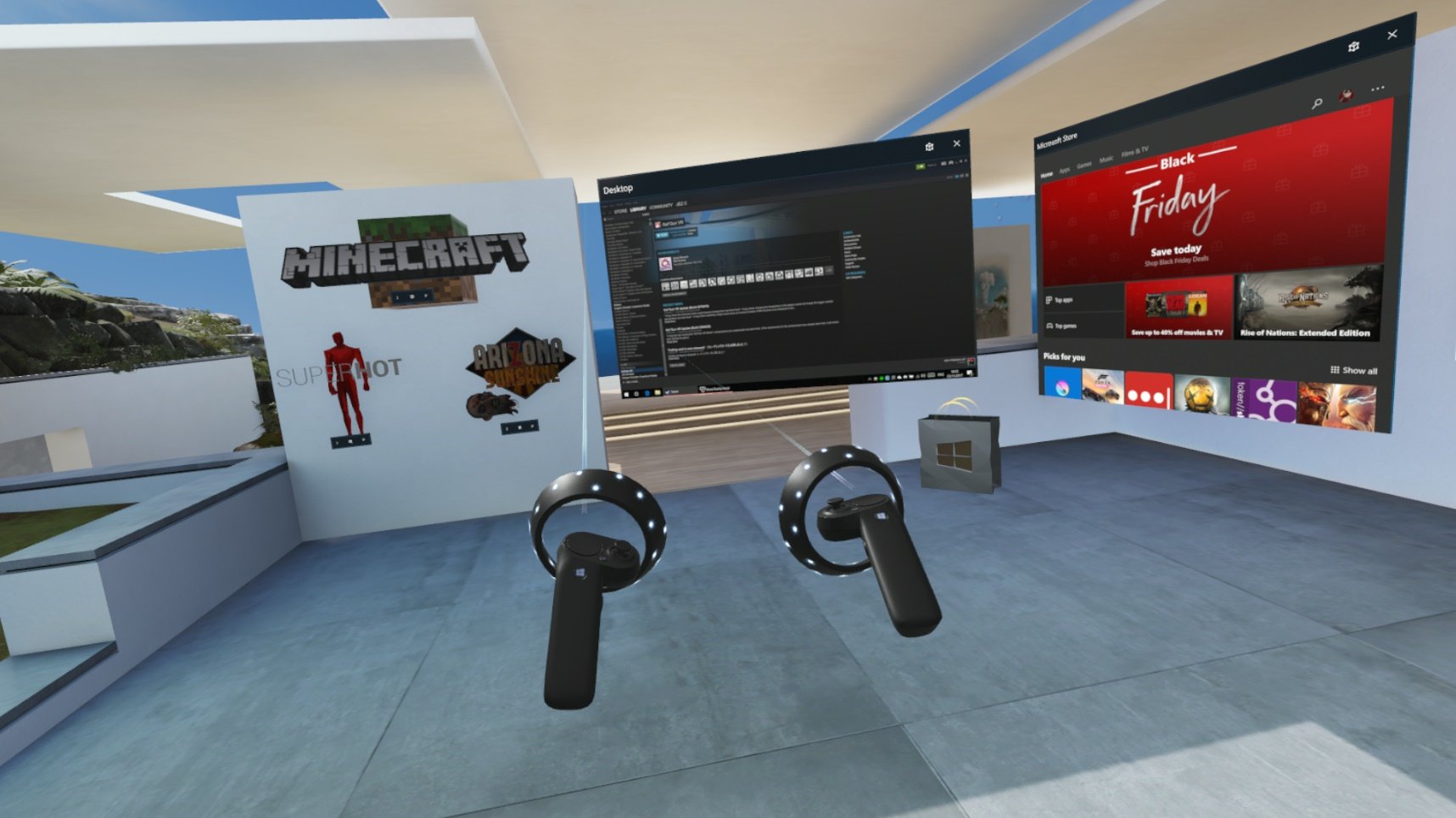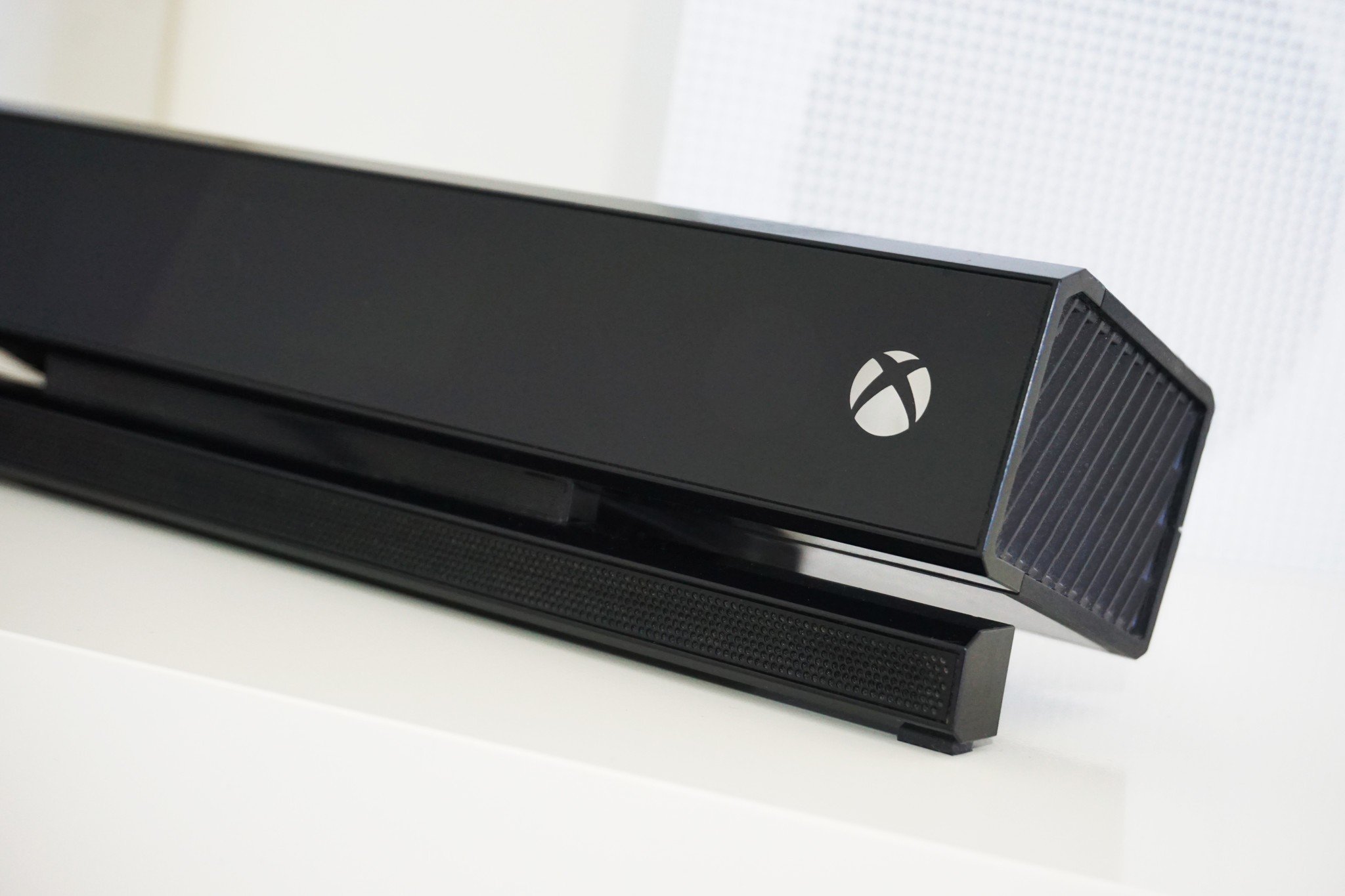Farewell, dear sweet Kinect
Microsoft has finally killed Kinect, ending an experiment that began at E3 in 2009, meeting its final curtain call late in 2017 when Microsoft confirmed that Kinect production had been ended.

Kinect, while fun in short bursts, never really achieved the success of the motion-controlled Nintendo Wii that Microsoft had hoped to capitalize on. Though for a short a time it was the fastest selling electronic consumer device in history.
Kinect incorporated an array of cameras that could detect depth, motion, and various other nuanced data that developers could then leverage to create experiences. The second Kinect camera, armed with infra-red, was powerful enough to detect pigment fluctuations in the skin to the level of being able to accurately estimate your heart rate. Applications like Xbox Fitness combined this data to create unique exercising experiences, while game developers built all sorts of wacky and wonderful experiences, including the raunchy and violent shooter Blue Estate, and the yoga photo platformer Commander Cherry.
Kinect certainly had its fans (including myself), but a series of missteps at Microsoft, combined with a general lack of compelling experiences essentially doomed the accessory. With production of both the camera and the adapter finished, Kinect will now join Microsoft Band, Groove Music, and Windows Phone on a growing scrapheap of consumer products Microsoft failed to position properly.
This is a farewell to Kinect, gone but not forgotten (even by Microsoft).
Kinect in history
Project Milo, 2009.
After Kinect's E3 2009 reveal, under code name "Project Natal," Microsoft garnered an equal amount of amazement and ridicule as a result of its now-infamous demo "Milo & Kate," which, while billed as a live demo, turned out to be conceptual at the very best. Kinect sadly never lived up to the promises made by that near-10-year-old demo, which arguably contributed to its demise.
Ex-Lionhead Studios lead Peter Molyneux claimed that Project Milo would recognize the emotional tone in people's voices and faces, and respond realistically in real time. The demo (among other things) would earn Molyneux a reputation for over-promising and under-delivering. I only had a casual interest in Xbox at the time (due in large part to a massive World of Warcraft addiction), but even still, news about Milo filtered beyond the hardcore crowd and into the mainstream, owing to its sci-fi like promises of full, virtual, interactive artificial intelligences.
All the latest news, reviews, and guides for Windows and Xbox diehards.

Almost ten years later, Microsoft (or any other company for that matter) hasn't realized this futuristic vision, but Kinect went on to become the fastest selling accessory of all time. And probably, the fastest selling paperweight of all time, as a lack of apps and games, in addition to poor recognition and weak processing, prevented the camera array from achieving consistent adoption.
Microsoft went to surprisngly lengths to market the first Kinect despite its foibles, enlisting Oprah Winfrey, Jimmy Fallon, and various other celebrities to promote the tech to casual audiences in an attempt to capture the runaway success of the Nintendo Wii, which had its own motion-tracking controllers. Microsoft also reportedly hosted a star-studded L.A. party to launch the device, reportedly attended by a-listers like David Beckham.

Reviews of the device were generally positive, with Kotaku calling it "magical." Indeed, many comparisons were drawn between Kinect and the sci-fi movie Minority Report, which has motion-controlled computer interfaces. I have to say, when I used Microsoft's upgraded Kinect V2 with the Xbox One for the first time, I completely felt the same way.
Microsoft released a second version of Kinect to ship with the Xbox One in 2013, although its inclusion was mired in controversy.
Indeed, Microsoft released a second version of Kinect to ship with the Xbox One in 2013, although its inclusion was mired in controversy. Hardcore gamers never wanted the thing, but now they were forced to purchase it with the Xbox One, which inflated its price point $100 above that of the PS4. Microsoft's attempt to drive adoption, and thus get more developers on board, was a gamble that ultimately didn't pay off. Arguably, the mis-step contributed to Xbox's position far, far behind that of the PlayStation 4. Xbox has been playing catch up ever since.
It's a shame how it all played out, because for me, Kinect coupled with voice control was a key differentiator between the Xbox One and other consoles, and something I felt was key to Microsoft's general living room computing strategy.
"Futuristic"
When I finally kicked the Warcraft habit and jumped back on the Xbox train, I found myself thoroughly enraptured by Kinect V2 on the Xbox One. Far beyond its clunky Project Milo roots and Wii Sports clones, Kinect V2 allowed me to yell voice commands at my TV, leveraging the console's IR blaster to turn the TV off and on, control volume, and even change channel. And my friends, it all just worked.

"Xbox, watch BBC News." "Xbox, volume up 5." "Xbox, record that." It was all just so magical, intuitive, and frankly liberating to finally ditch the remote control, and celebrate Xbox as the center of my entertainment system. Getting home from a long day at work and speaking those words, "Xbox on," was like a magical incantation – it really defined the start of my experience with this console generation.
Getting home from a long day at work and speaking those words, "Xbox on," was like a magical incantation.
Developers had also picked up Kinect, building a wide array of homebrew solutions and non-gaming applications, in both medicine and sign language translation, and more.
Combined with the Universal Windows Platform (UWP) which arrived on Xbox a little later, it was easy to envision a world where developers could incorporate Kinect into entire smart home systems. Some of them did, too, creating third-party apps for smart bulbs and other home automotive devices. "Xbox, turn on the lights." "Xbox, who's at the front door?" etc. I previously wrote about how Kinect could have been Microsoft's Amazon Echo. All of the pieces were in place, Microsoft just never made the play.

With UWP app development adoption seemingly weaker than ever, and Kinect out of the window, Microsoft has essentially conceded the home automation market to the likes of Alexa and Google Home, needlessly, and frustratingly. At least for the time being.
Microsoft bought Cortana to the Xbox One a little while ago as an option to replace the existing voice command structure. The two-system solution has been nothing short of disastrous however, creating a confusing scenario for consumers. Cortana on Xbox One was also slow, unresponsive, and just plain clunky compared to her native counterpart. While Cortana on Xbox bought features like her Notebook, reminders, and more, those media controls were harder to use than ever, and became less convenient than simply using a controller. I've been told that Microsoft still has plans to shore up Cortana and voice commands on Xbox One by various sources, pending new technology, but whether those plans are still in play are unknown. If they are, hopefully we'll see something in 2018.
In any case, with Kinect production shut down, and the Xbox One S and X adapter along with it, Microsoft is waving farewell to the peripheral, but not the technology.
Moving forward
The technology and research that powered Kinect lives on in Windows Mixed Reality, which in some ways, can be considered Kinect V3. Windows Mixed Reality's camera-laden head mounted displays (HMDs) perceive the world in a similar way to Kinect, sensing depth and using it to inform developers and thus, create experiences. HoloLens is even powerful enough to track specific hand gestures, just like Kinect, and the Windows Mixed Reality motion controllers are far more accurate and responsive than camera tech can account for at this time.

Mixed Reality certainly has its downsides too, though. Unlike Kinect, you're currently tethered to a PC and a headset to use the system, and "native" Microsoft Store support from games is limited. SteamVR is doing a lot of the heavy lifting right now, but without proper WMR support via UWP (both for games and apps), it still feels a little clunky.
That said, WMR already feels far more promising than Kinect ever did, at least as a games device. The accuracy of the motion controllers, the immersion afforded by the headset, and the inside-out camera tracking is supremely encouraging, even if the system over all has some growing pains to overcome.

Where does that leave Xbox though? We still don't know when (or indeed, if) immersive WMR will ever come to the console, but even then, it's a solution primarily aimed at gaming and some fringe productivity scenarios. Home automation, smart speakers, and TV controls have returned to a pre-Xbox One age, bound to remotes and dreams of techies and sci-fi fantasists.
Goodbye Kinect
That "Minority Report"-inspired sci-fi magic that the Kinect V2 seemed to promise has burned out. Xbox is just a games console once again with a few media apps, rather than a forward-facing futuristic all-encompassing media hub that could have (and should have) been the center of your entire home's technological set-up.
There are simple ways Microsoft could reintroduce itself in this market, by adding a microphone to the Xbox media remote for example, and improving Cortana's skill set (which the company is doing), but it doesn't feel like anyone at Xbox is pushing for that sort of scenario any more.

For gamers, the resources Microsoft leveraged at Kinect will likely be repurposed and refocused towards games and gaming, which is by no means a bad thing, but if that truly is the case, it's not without a sense of sadness that I ask, "why couldn't we have both?"
Since I didn't pick up a Kinect adapter fast enough for my Xbox One X… I guess I have to say goodbye to Kinect too. I doubt killing off Kinect will impact Xbox in any negative way in the long run (I mean, if people were using it, they'd have kept it). At the very least, this one random tech blogger will forever miss saying that magical phrase "Xbox on". Like many Microsoft product deaths recently, I'm sure many of us will continue to wonder what could have been, while questioning the long term future of other new and upcoming hardware products from Microsoft.

Jez Corden is the Executive Editor at Windows Central, focusing primarily on all things Xbox and gaming. Jez is known for breaking exclusive news and analysis as relates to the Microsoft ecosystem while being powered by tea. Follow on Twitter (X) and tune in to the XB2 Podcast, all about, you guessed it, Xbox!
